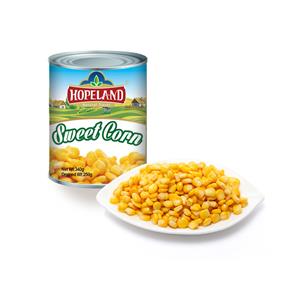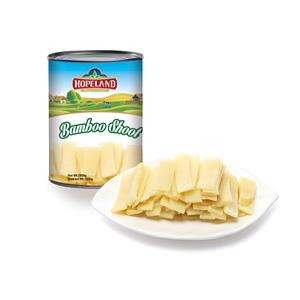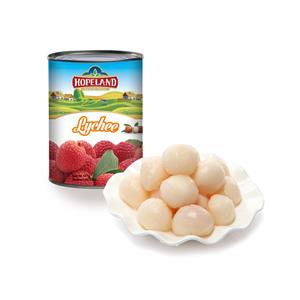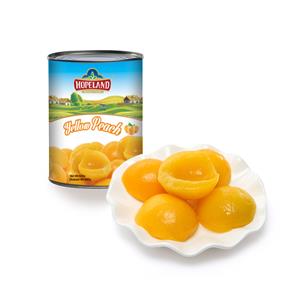Why canned tuna is such a valuable food?
When it comes to healthy eating, many people imagine fresh fish fillets bought from a seafood counter or caught straight from the ocean. While fresh fish is certainly wonderful, there’s another option that often gets overlooked but is equally worthy of praise: canned tuna. This pantry staple is not only affordable and versatile, but it is also packed with nutrients that support heart health and overall well-being.
Whether you’re a busy professional looking for quick meal options, a parent feeding a family on a budget, or simply someone who wants to eat more healthfully without overspending, canned tuna can easily earn a permanent place in your kitchen cupboard. In this article, we’ll explore why canned tuna is such a valuable food, the science behind its nutritional benefits, and creative ways to incorporate it into your meals.
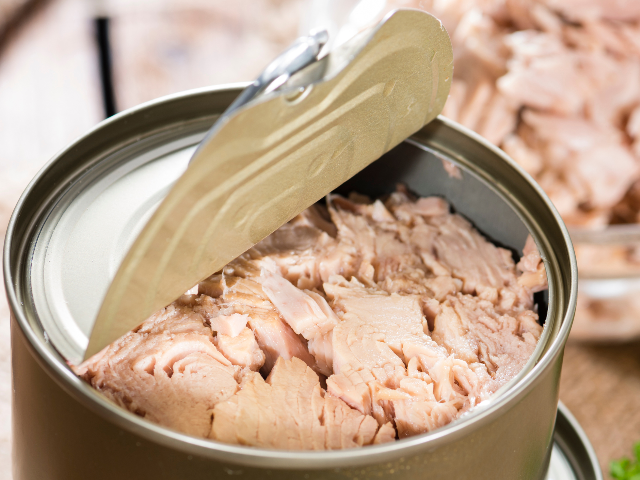
1. The Nutritional Power of Canned Tuna
One of the main reasons canned tuna deserves your attention is its impressive nutritional profile. Even though it’s a shelf-stable product, it retains most of the health benefits you’d expect from fresh fish.
Omega-3 Fatty Acids for Heart Health
Canned tuna is rich in omega-3 fatty acids — essential fats that your body cannot make on its own. Omega-3s, particularly EPA (eicosapentaenoic acid) and DHA (docosahexaenoic acid), play a critical role in maintaining heart health. They help reduce inflammation in the body, improve blood vessel function, and may lower triglyceride levels.
Numerous studies suggest that a diet rich in omega-3 fatty acids can reduce the risk of heart disease. Regularly including canned tuna in your meals can be a simple, affordable way to increase your intake of these beneficial fats without dramatically changing your grocery budget.
Protein for Strength and Satiety
Tuna is an excellent source of high-quality protein. Protein is essential for repairing tissues, building muscle, and supporting a healthy immune system. It also helps you feel full for longer periods, which can be particularly helpful for those trying to manage their weight.
Canned tuna offers an affordable source of protein compared to fresh or frozen tuna. In fact, per gram of protein, canned tuna is about 18 cents cheaper than fresh tuna and 25 cents cheaper than frozen tuna — savings that can add up quickly over time.
Vitamins and Minerals You Need
In addition to protein and omega-3s, canned tuna contains a variety of important vitamins and minerals, such as:
Vitamin A – important for vision, immune function, and skin health.
Folate – supports cell growth and is essential during pregnancy.
Vitamin D – helps maintain strong bones and supports immune health.
Selenium – an antioxidant mineral that helps protect cells from damage.
When you consider both the cost and nutritional value, canned tuna provides a lot of health benefits in a small, budget-friendly package.
2. Why Canned Tuna Is So Affordable
Fresh fish is undeniably delicious, but it’s also more expensive to produce, transport, and store. Canned tuna, on the other hand, benefits from large-scale processing and preservation methods that extend its shelf life and reduce waste.
With fresh fish, there’s a time limit — it must be sold and consumed quickly before it spoils. That short window drives up costs. Canning allows tuna to be processed immediately after being caught, sealing in nutrients and flavor while avoiding the expenses associated with ice-packed shipping or refrigeration in stores.
For budget-conscious shoppers, canned tuna delivers high-quality nutrition at a fraction of the cost of fresh seafood. It’s one of the best examples of how smart food processing can make healthy eating more affordable.
3. Convenience You Can’t Beat
Canned tuna is the definition of convenience. There’s no need to worry about cooking times, thawing frozen fillets, or dealing with fish bones and skin. You simply open the can, drain the liquid, and your tuna is ready to eat.
Because it’s fully cooked during the canning process, you can use canned tuna straight from the tin in a wide variety of recipes. This makes it a lifesaver for busy weeknights, quick lunches, or emergency “what’s for dinner?” situations.
Its long shelf life also means you can stock up without worrying about spoilage, making it perfect for bulk buying, meal planning, and emergency preparedness.
4. Creative Ways to Enjoy Canned Tuna
One of the best things about canned tuna is its versatility. You can go classic with a tuna salad sandwich, or branch out into more adventurous recipes. Here are some ideas to get you inspired:
Classic Tuna Salad
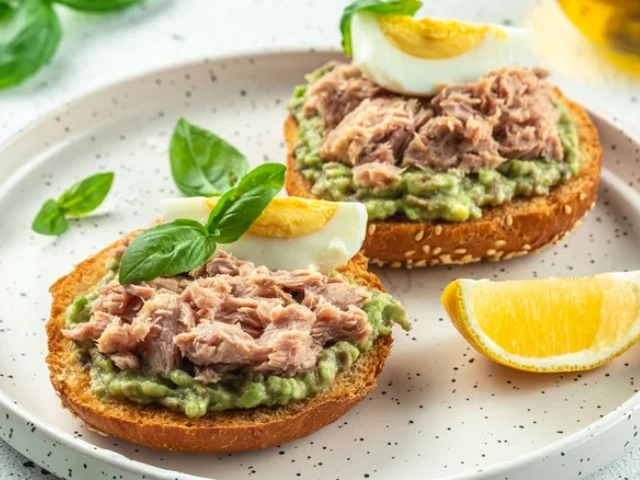
The old favorite never fails. Combine canned tuna with chopped celery, light mayonnaise, and a touch of lemon juice. From there, you can customize:
Add diced hard-boiled eggs for extra protein.
Stir in sliced grapes or apples for a sweet crunch.
Mix in canned mandarin oranges for a refreshing twist.
Serve it between slices of whole-grain bread, spoon it onto lettuce leaves for a low-carb option, or enjoy it as a dip with crackers.
Tuna Pasta Dishes
Add drained canned tuna to warm pasta, toss with olive oil, garlic, and herbs, and sprinkle with Parmesan cheese. It’s a fast, filling dinner that tastes far fancier than its cost suggests. You can also mix tuna into mac and cheese for a protein boost — kids and adults alike will love it.
Tuna on Salads
Upgrade your leafy greens with a protein punch by topping them with canned tuna. Pair with cherry tomatoes, cucumbers, avocado, and a drizzle of balsamic vinaigrette for a nutrient-packed lunch.
Tuna Wraps and Pita Pockets
Fill whole-wheat wraps or pita bread with tuna, shredded lettuce, and your favorite veggies. Add a dash of hot sauce or a sprinkle of cheese for variety.
Tuna Casseroles
Canned tuna is a star ingredient in many baked casseroles. Combine it with noodles, peas, a creamy sauce, and breadcrumbs for a warm, comforting meal that’s also budget-friendly.
5. Canned Tuna and Sustainability
It’s natural to wonder about the environmental impact of seafood. Many tuna brands are now focusing on sustainable fishing practices, such as pole-and-line catching, which reduces bycatch of other marine species.
When shopping for canned tuna, look for labels like “MSC Certified” (Marine Stewardship Council) or “Dolphin Safe.” These certifications indicate that the tuna was sourced in ways that aim to protect marine ecosystems and fish populations.
6. How to Choose the Right Canned Tuna for You
There are several types of canned tuna available, and knowing the differences can help you make the best choice:
Light Tuna: Usually made from skipjack tuna, it has a softer flavor and lower mercury content.
Albacore Tuna: Whiter in color with a firmer texture and milder taste.
Oil-packed vs. Water-packed: Oil-packed tuna tends to be richer in flavor, while water-packed tuna is lighter and lower in calories.
Experiment with different varieties to find your favorite.
7. Storing and Handling Canned Tuna
Unopened cans of tuna can last for years when stored in a cool, dry place. Once opened, transfer any leftovers into a covered container and refrigerate — use within 3–4 days for the best quality and safety.
8. Final Thoughts: A Simple, Smart Food Choice
Canned tuna is a rare example of a food that combines health benefits, affordability, convenience, and culinary flexibility. It delivers high-quality protein, heart-healthy omega-3 fatty acids, and essential vitamins at a price most households can afford.
Whether you’re stirring it into pasta, making a classic tuna sandwich, or topping your favorite salad, canned tuna can help you eat well without breaking the bank. Stock a few cans in your pantry, and you’ll always have a reliable, nutritious meal just minutes away.

